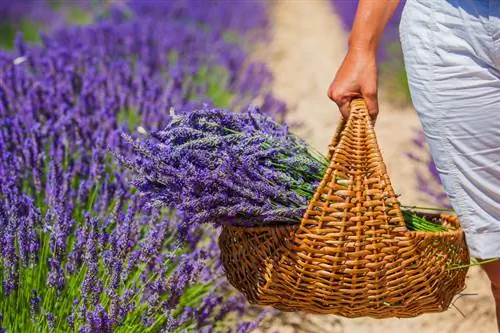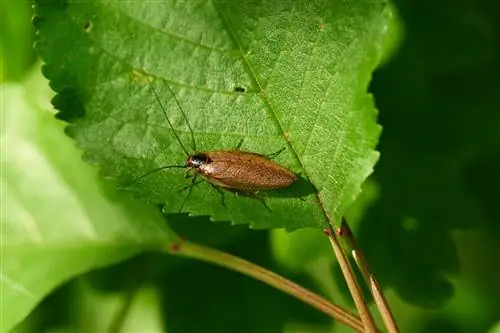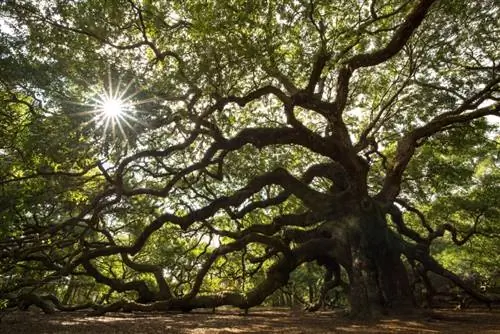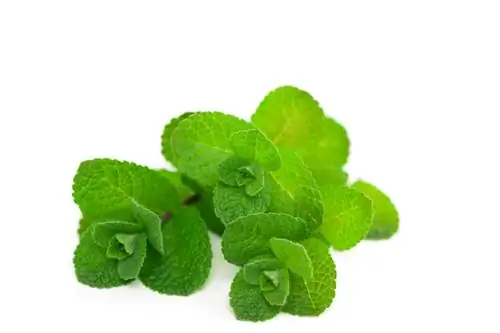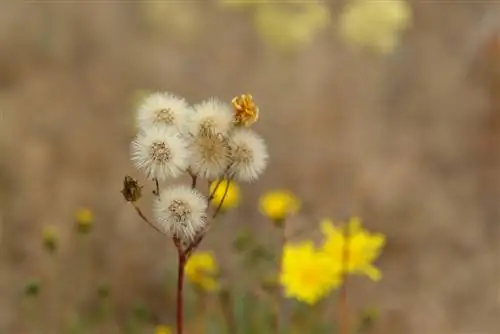- Author admin [email protected].
- Public 2023-12-16 16:46.
- Last modified 2025-01-23 11:20.
For thousands of years, lavender has been one of the most important and valuable medicinal and spice plants, although the plant is now only rarely found both in cultivation and in the wild. Numerous cultivars and hybrids have taken their place, but they cannot be used in cooking or medicine. Therefore, in this article you will find tips on how to recognize real lavender.

How do you recognize real lavender?
You can recognize real lavender (Lavandula angustifolia) by its height of 60-100 cm, narrow-lanceolate, hairy leaves and evergreen leaf color with a silvery-white underside. When buying lavender oil, pay attention to additives such as “fine” or “extra” to purchase real lavender oil.
Real Lavender versus Lavandin
The greatest competition for real lavender (Lavandula angustifolia) comes from the hybrid Lavandin, a cross between real and tall lavender (Lavandula latifolia). This cultivated lavender is also the one that is mostly grown in the endless lavender fields of Provence and Tuscany. In the garden and in the wild - although the Lavandin does not go wild - you can distinguish between the two species primarily by their height and their leaves. The following table gives you an overview.
| Lavender | Real Lavender | Lavandin |
|---|---|---|
| Growth habit | Small shrub | Small shrub |
| Growth height | 60 to 100 cm | up to 50 cm |
| leaves | narrow lanceolate, hairy | oblong, lanceolate |
| Leaf length | 2 to 5 cm | 4 to 6 cm |
| Leaf Color | evergreen, underside silvery-white | greygreen |
| Bloom | yearly | yearly |
| Flowering time | from June / July | from June / July |
| Height of inflorescences | 10 to 15 cm | 10 to 20 cm |
When purchasing, pay attention to additives such as “fine” or “extra”
If you want to buy lavender oil, pay attention to the additives “fine” or “extra” - only then will you actually purchase real lavender oil. Since the yield of pure oil from real lavender is very meager, it commands correspondingly expensive prices and is often replaced in the industry with the lower quality oil of lavandin or even with artificial flavorings. These may smell similarly intoxicating, but they do not have the same medicinal or culinary effect.
Tip
You can also easily distinguish crested lavender, which is often cultivated in pots, from real lavender by the characteristic shape of its flowers. The flower spike of the crested lavender has, as the name suggests, a clear “crest”. In addition, the plant remains significantly smaller than other types of lavender.

